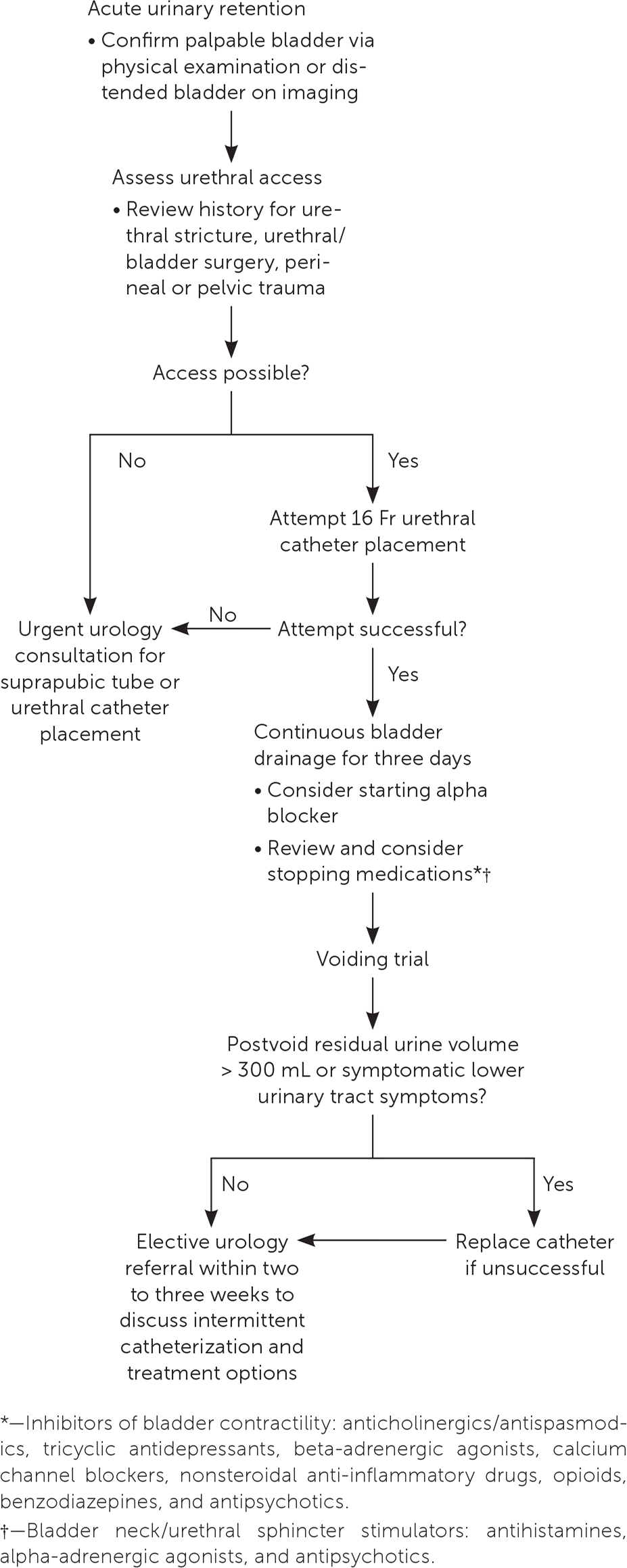
September 3, 2024
Postpartum Products & Fundamentals For New Mama
Urinary System Incontinence After Childbirth Therapy Gyn Females's Centre The postpartum period starts not long after the infant's delivery typically lasts 6 to 8 weeks, and ends when the mother's body has actually almost returned to its pre-pregnant state. The postpartum duration is important for both short-term and long-lasting health and well-being for a female and her newborn. This task must help the interprofessional group give thorough postpartum care for the new mom. If you're having difficulties during your postpartum healing, do not hesitate to contact your doctor at any moment. And don't keep back on sharing your sensations with your companion, or connecting to close friends and family members for help with the infant. Your physical and emotional health is necessary, so see to it to give on your own a break when you need it the most. This fresh blood brings oxygen and nourishment to the muscles and nerves and carries co2 and waste away. Minority mins in between contractions are typically sufficient for the tissue to recoup. After distribution, the pelvic flooring can experience lots of modifications. The pelvic muscles and nerves have stretched to permit the child to go through the birth canal. Most of the moment, the muscular tissues recuperate without any signs. Regrettably, some females have actually explained a sense of looseness and reduced total sensation.Postpartum Depression
The outcome can be urinary incontinence of pee or stool, or prolapse. Supply postnatal treatment in the very first 1 day to all mothers and babies regardless of where the birth occurs.2. Make sure healthy and balanced females and their newborns remain at a healthcare facility for at the very least 1 day after the shipment. All mommies and babies require a minimum of 4 postpartum gos to in the very first 6 weeks.4.- Typical digestive tract function can be kept by consuming an adequate amount of liquids and consuming foods high in fiber.
- However, the sample size of this research study is little and the follow-up time is brief.
- Pregnancy, labor and a vaginal shipment can stretch or hurt your pelvic flooring muscular tissues.
- During pregnancy, because of the stress on the bladder, it obtains tough to pee.
- The crucial point for ladies to understand is that urinary incontinence after giving birth does not require to be a daily part of their lives as mothers.
Maternal Pads
Presently, there are fairly few researches on SUI of primiparas during pregnancy, and the majority of them are little example research studies, and its risk aspects have not been consistently identified. With the progress of culture and the requirements of nationwide health and wellness, very early testing and prevention of urinary system incontinence have become an unpreventable fad to improve the lifestyle. Nevertheless, the sample size of this research is little and the follow-up time is brief. As a result, the outcomes of the research need to be treated with warns, and the risk variables and interventions of SUI still need to be further discovered in future large-sample and top quality researches. However, unless delivery takes place quickly, the child's head remains to be pressed versus the tissues. Throughout succeeding pregnancies, greater than three quarters create this issue. Nonetheless, a lot of the women who have incontinence while pregnant go back to complete continence after distribution as the tissues of the birth canal recover. Just about 5% of these females still have tension urinary incontinence a year after the shipment. Females with a high BMI, or those that keep pregnancy weight gain after the birth of their youngster( Pelvic floor muscles ren), are more likely to experience incontinence and pelvic organ prolapse (POP) after delivering. Postpartum weight loss reduces the threat of urinary system incontinence, also if other risk elements such as age and/or type of delivery approach exist. Doing routine Kegel workouts will enhance the pelvic flooring muscles and can assist to stop urinary incontinence after childbirth.Week 5
To help you really feel more comfortable, we've put together this overview on what to expect of post-pregnancy urinary system incontinence, and how you can treat it.What causes urinary system incontinence? Pregnancy can change the urinary system control capabilities for one-third to one-half of females who have actually given birth, so if you're battling with urine leaking after that you're definitely not the only one. When a woman is expecting, the growing baby and expanding womb location a lot of stress on the bladder. Nevertheless, once the child is born, some women are surprised to find that they are still having problem with urinary incontinence.Does infant move extra when bladder is full?
Infants experience waking and sleeping cycles. Some infants are a lot more energised than others. Sometimes activities can be extremely unpleasant for an expecting mommy. Children constantly seem to kick and move much more when their mommy has a full bladder.


Social Links